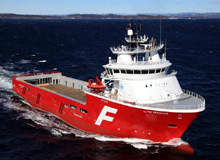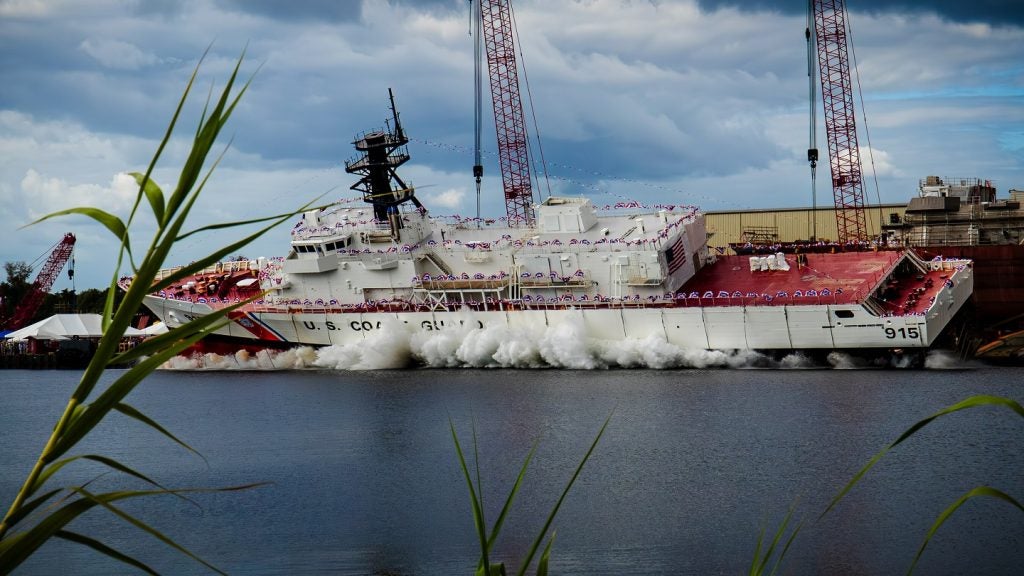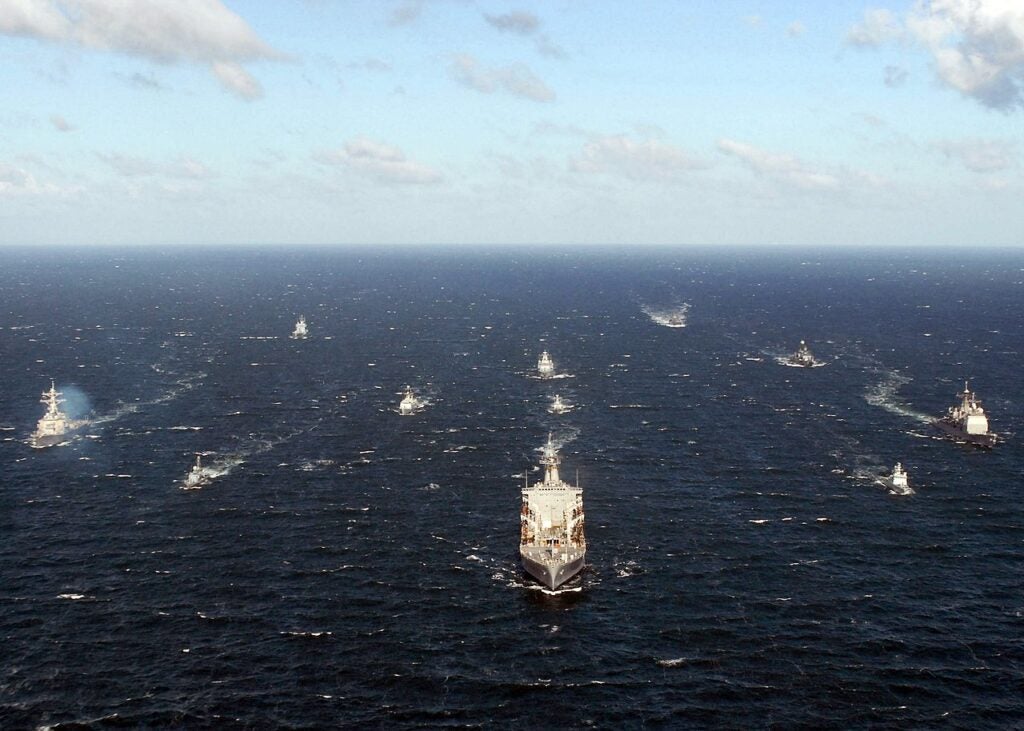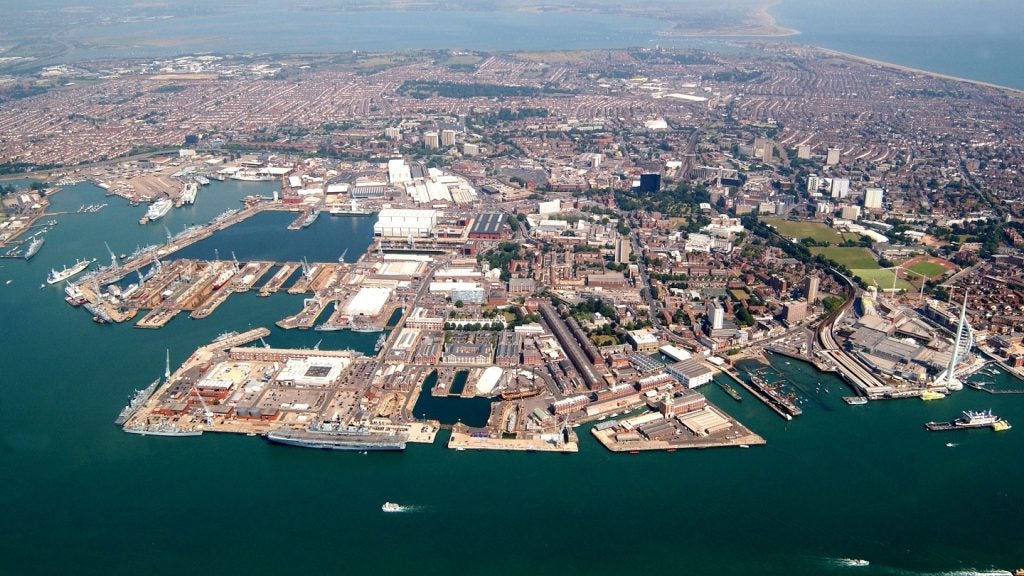
There is nothing new about bio-fouling. Since man first began building boats there has been no shortage of sessile aquatic life ready to seize upon their hulls as ideal homes on which to live their sedentary lives. As the world’s navies and the shipping industry in general know, transporting this attached assortment of submerged wildlife around the globe has a profoundly negative impact on ship performance, speed and fuel usage.
According to the US Navy’s Office of Naval Research, micro-fouling in the form of adhesive surface biofilms can increase drag by up to 20%, while the macro-fouling caused by larger organisms – typically barnacles – can add more than 60% overall. The Naval Surface Warfare Center calculates that this can reduce a ship’s speed by up to 10%. For the US Navy, that means adding about an extra $1bn to its annual costs in extra fuel and maintenance.
But this is clearly not an issue that solely affects warships. In today’s economically and environmentally focused world, the effects of bio-fouling have significant implications for all vessels, particularly in the run-up to December 2009’s UN Climate Change Conference in Copenhagen. With the sector expecting the spotlight to fall, at least in part, on international shipping emissions, the good news is that developments in anti-fouling coatings technology are beginning to show how
the problem can be overcome.
A flagship product
How well do you really know your competitors?
Access the most comprehensive Company Profiles on the market, powered by GlobalData. Save hours of research. Gain competitive edge.

Thank you!
Your download email will arrive shortly
Not ready to buy yet? Download a free sample
We are confident about the unique quality of our Company Profiles. However, we want you to make the most beneficial decision for your business, so we offer a free sample that you can download by submitting the below form
By GlobalDataInternational Paint’s leading-edge fouling release technology, Intersleek 900, is a fluoropolymer coating with a highly smooth and slippery low-friction surface that denies marine organisms a purchase on the coated hull and promises owners a proven 6% cut in fuel and emissions. As a result, it has been estimated that coating all ships with Intersleek 900 would enable about 60 million tons of CO2 to be knocked off the world’s annual footprint.
See Also:
Unsurprisingly, there has been no shortage of takers amid the world’s navies and commercial fleets. Sydney-based Inco Ships was the first to use the product in 2006, while Norway’s Farstad – winner of many prestigious environmental awards – has opted for Intersleek 900 for its newly built Far Serenade.
The product has also been supplied to a number of navies, with arguably its most high-profile use being its recent application to the UK Royal Navy’s flagship HMS Ark Royal. According to estimates, coating the Ark Royal will slash the vessel’s fuel consumption by as much as 9% and make the same reduction in emissions.
Sharks and zwitterions
As the world’s largest maritime force, the US Navy comes complete with a sizeable research budget, a significant portion of which has been invested over recent years in developing a range of innovative solutions to bio-fouling. In October 2009, one such novel coating – applied to the underwater hull of the USS Port Royal – began sea trials to investigate its operational effectiveness and benefits. The project forms part of a fleet readiness research and development programme initiative and uses what project manager Petter Kristiansen describes as ‘silicone-based, non-toxic technology that provides a very smooth, slick, low-friction surface’. The coating’s performance is due to be monitored for the next 12 to 18 months to assess the accuracy of projected fuel savings which are predicted to amount to more than $180,000 a year for the guided-missile cruiser.
However, some of the research has been examining the potential of more unusual approaches than simply providing increasingly slick surfaces. Two powerful and non-toxic bio-fouling prevention technologies in particular have emerged from this that seem to hold considerable promise: sharklet and zwitterionic coatings.
Sharklet is the brain-child of Anthony Brennan, professor of material science and engineering at the University of Florida. It arose from his work in studying why some marine species, such as whales, are prone to barnacle encrustation, while others are not. Studying sharks brought him to the conclusion that the unique texture of their skin, coupled with its natural antimicrobial properties, helped to keep them free of fouling organisms. This led him to begin modelling shark skin in the laboratory and ultimately to the development of the novel bio-mimetic coating technology which is now proving remarkably effective at inhibiting bio-fouling.
On the other side of the country, at the University of Washington, the US Navy has been funding professor Shaoyi Jiang’s work on preventing fouling using coatings that incorporate zwitterionic – mixed-charged – compounds. Although chemically stable, the balanced mix of positive and negative charges that such coatings naturally exhibit acts to prohibit the attachment of bio-molecules and microorganisms, effectively protecting surfaces from becoming colonised, in both laboratory tests and field trials.
How effective these technologies ultimately become in practice clearly remains to be seen; a Sharklet-type solution using nano-particles to mimic dolphin skin was proposed back in 2002 by professor Karen Wooley, but it appears to have gone no further. If Brennan and Jiang are right, however, anti-fouling coatings could become very different in the future.
Species spread
Fuel consumption and carbon emissions aside, the environmental and economic implications of bio-fouling potentially reach even further. After his five-year voyage aboard HMS Beagle, Charles Darwin was the first to suggest that the fouling on a ship’s hull might act as a significant vector to spread non-indigenous species to new waters. Some 170 years later, despite schemes to address the issue from individual littoral states – notably Australia and Hawaii – this effect has only recently begun to be seriously examined and according to some estimates, 40%–60%of non-native introductions may happen this way.
At the 2008 International Conference on Bio-fouling and Ballast Water Management, International Maritime Organisation secretary-general Efthimios Mitropoulos announced an initiative to identify the best approach to address this issue. But if the latest innovations in marine coatings live up to their promise and bio-fouling does eventually become a thing of the past, it may become largely unnecessary.
Perhaps more to the point, seldom would the environment and the economy ever have experienced quite such a win-win result.







